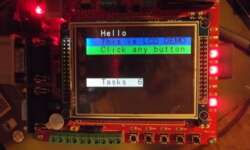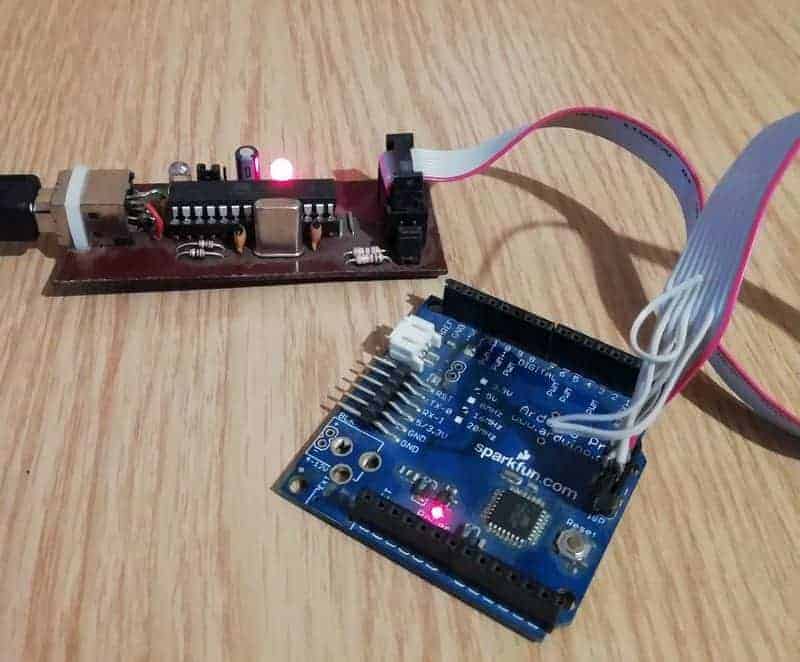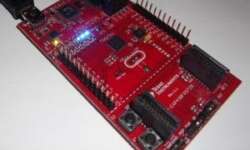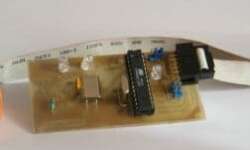Automated touchless Hand sanitizer electronic project

In the midst of a global pandemic like covid-19, SARS, or MERS, the most common advice given by health experts is to use handwash or hand sanitizers to clean your hands. Since Covid-19 hit Europe, the increase in sales of hand wash was about 470 percent in March 2020. Hand sanitizer is now a 200-billion-dollar industry, and with the public growing awareness about hygiene to combat viral outbreaks like Covid-19, there is no foreseeable limit to that demand. The origins of hand sanitizer trace back to a 1966 medical facility in Bakersfield, California, when a health care worker combined iso herbal alcohol with a gel to substitute soap and water when it was not readily available. Electronics has a major application in the area of medical sciences. Every bio-medical device needs electronics help to achieve its purpose, whether a body temperature checking device or a pulse rate/BPM checking device. Medical electronics is one commercial industry segment that necessitates long-term stability as well as dense circuitry. As soon as we think about hand sanitizers, the first thing that come into mind would be how to make it automated using electronics so that no germs can transfer from the hands of one…










